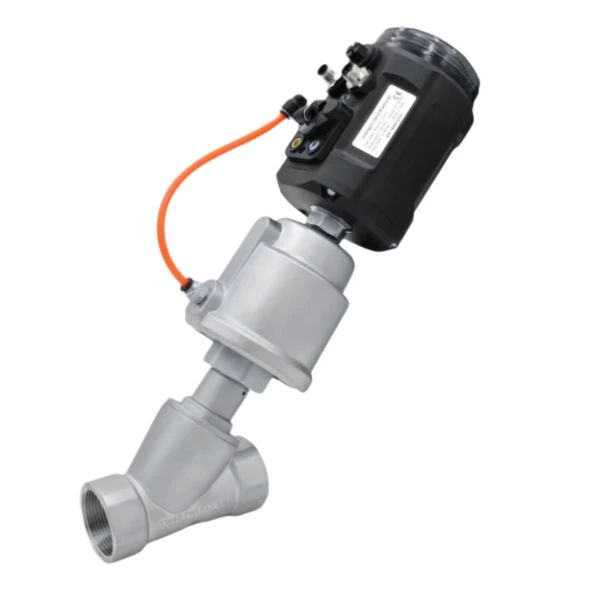Working Principle Of Angle Seat Valve
An Angle Seat Valve is a commonly used pipeline control valve. Its operating principle is as follows:
An angle seat valve consists of a valve body, a valve plug, and a valve seat. When the valve is closed, the valve plug rests against the valve seat, shutting off the flow of fluid through the pipeline. When the valve needs to be opened, the valve plug moves upward, away from the valve seat, allowing fluid to pass through the valve. The height of the valve plug's movement is controlled manually or by a drive device such as an electric motor.
During the valve opening process, as fluid passes through the valve, the fluid pressure acts on the valve plug, causing it to exert a downward force called the angle seat force. This force is calculated based on the fluid pressure and the area of the valve plug. When the angle seat force exceeds the upward force, the valve plug automatically closes, preventing further flow through the valve.
The opening of an angle seat valve can be adjusted by adjusting the height of the valve plug. The closer the contact between the valve plug and the valve seat, the smaller the valve opening. Conversely, as the gap between the valve plug and the valve seat increases, the valve opening increases.
Angle seat valves are commonly used in high-pressure and high-temperature piping systems. They have the advantages of simple structure, good sealing, and long service life. They can control the flow and pressure of fluids and are widely used in industries such as petroleum, chemical industry, metallurgy, and electric power.
